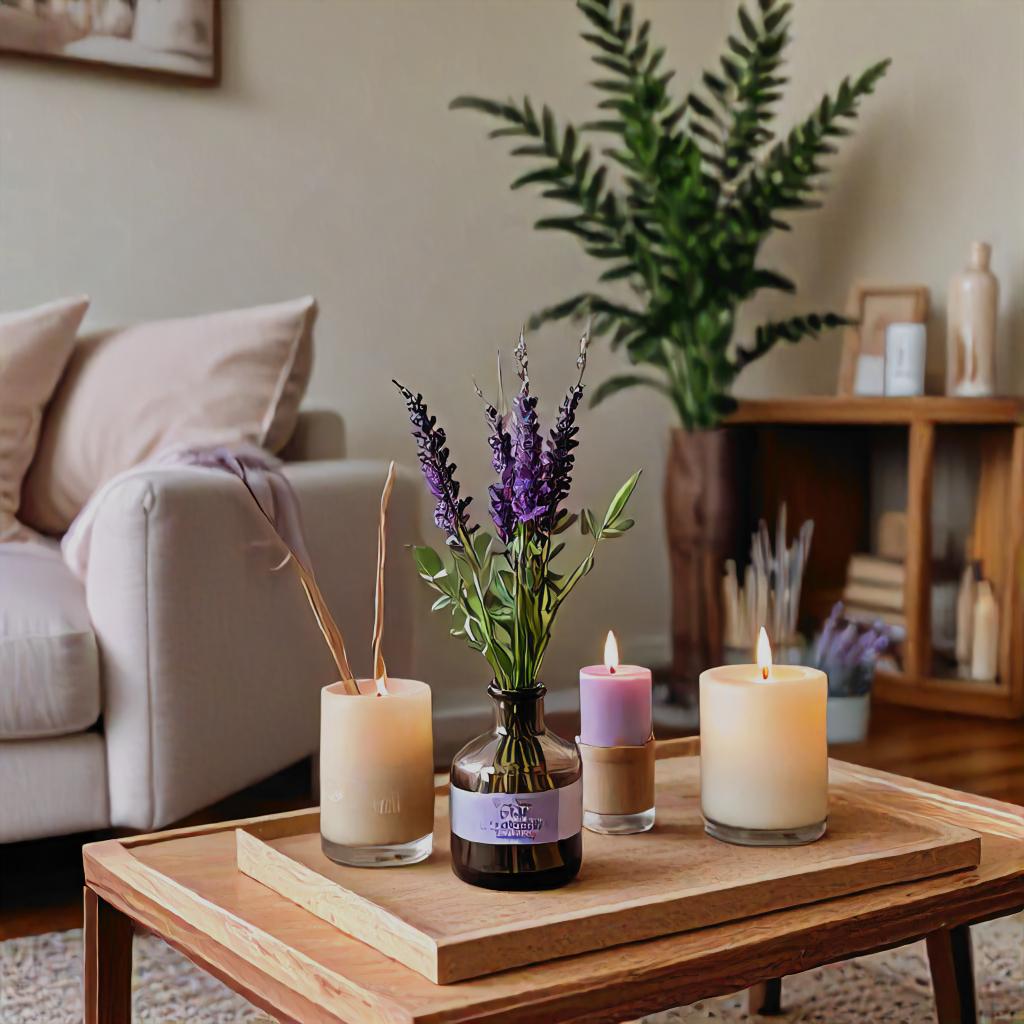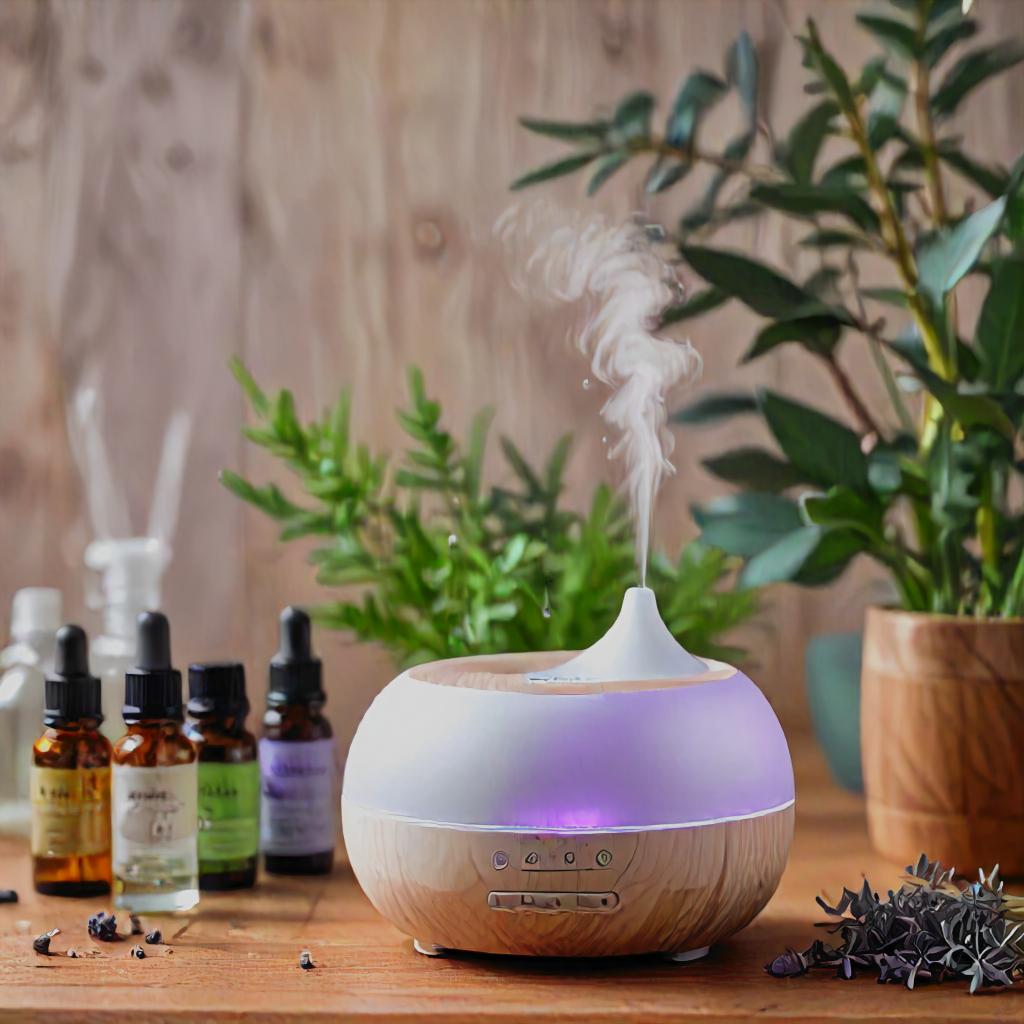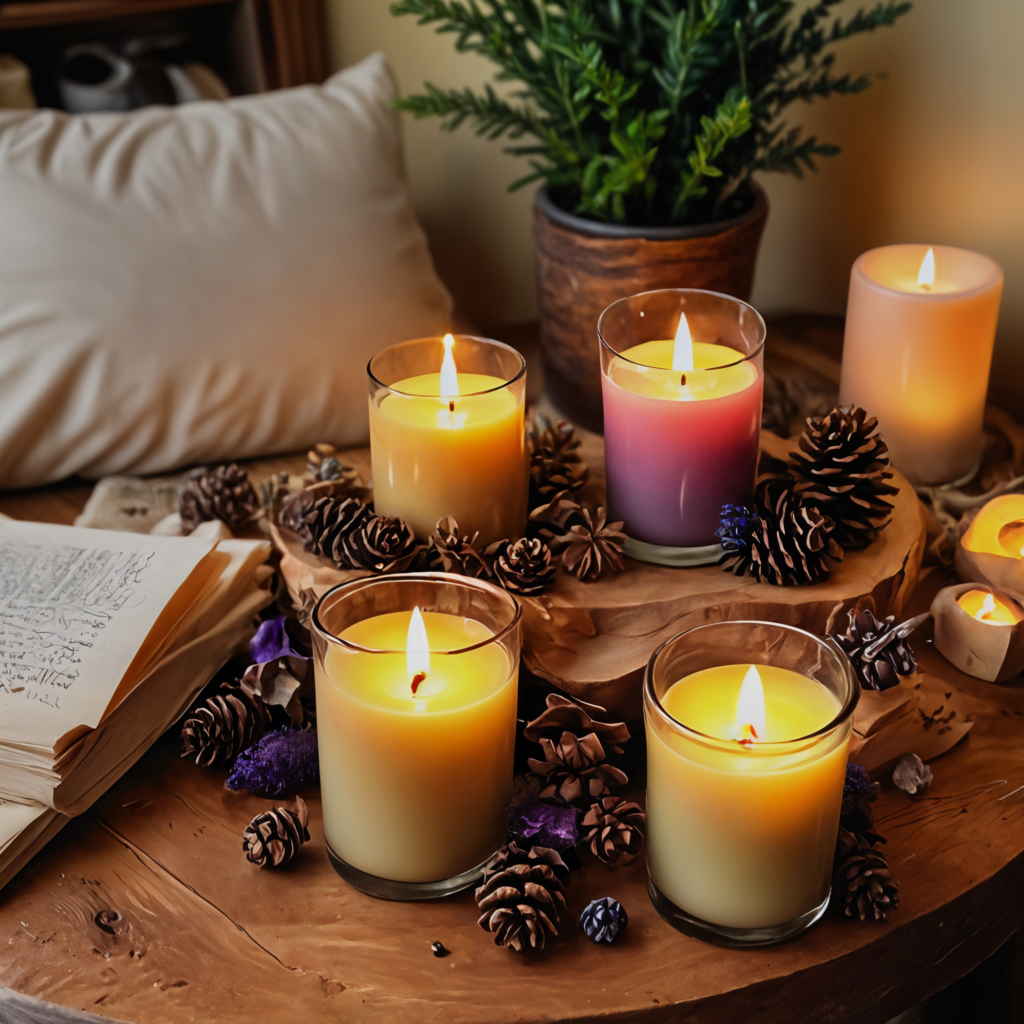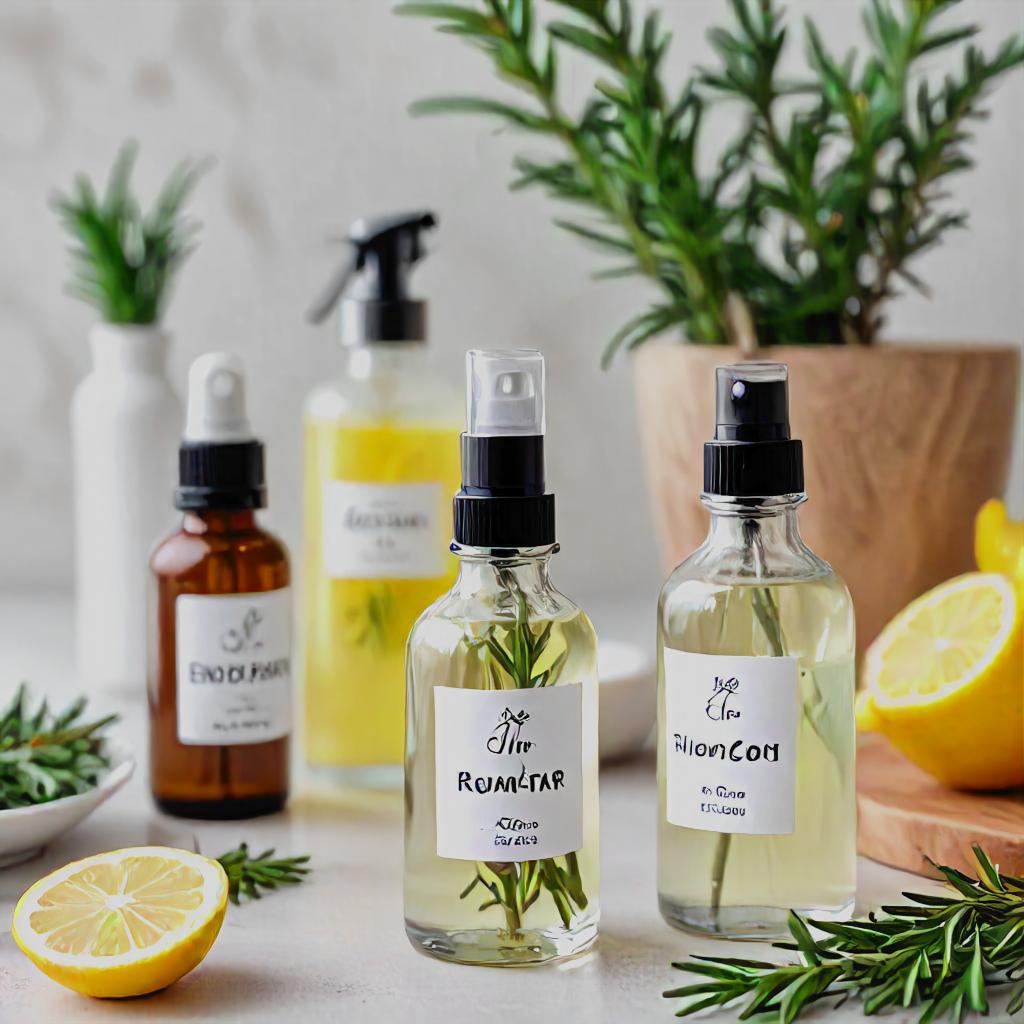Non-Toxic Home Fragrance Ideas: Who doesn’t love a home that smells amazing? From the gentle waft of lavender in the living room to the invigorating zest of citrus in the kitchen, fragrance can set the tone, lift our mood, and make our space feel like an oasis.
But here’s the thing: many popular home fragrances hide a dark secret. Traditional candles, sprays, and plug-ins can emit harmful chemicals like phthalates, formaldehyde, and VOCs (volatile organic compounds) that you really don’t want lingering in your home.
“The air in our homes is often five times more polluted than outdoor air, and artificial fragrances are one of the main culprits,” says Dr. Sarah Mitchell, environmental toxicologist at the Green Living Institute. “Making the switch to natural fragrances isn’t just about pleasant scents—it’s about creating a healthier living environment.”

1. Why Choose Non-Toxic Home Fragrance?
Traditional home fragrances often contain synthetic chemicals that are linked to respiratory issues, headaches, and even hormone disruption. Non-toxic options eliminate these risks, allowing you to enjoy pleasant scents without worry.
“When my clients ask ‘What’s the safest way to make my home smell good?’ I always emphasize that natural doesn’t mean less effective,” shares Emma Thompson, certified aromatherapist and wellness consultant. “In fact, natural fragrances work better because they’re real plant essences, not synthetic imitations.”
2. Essential Oils: The Gold Standard in Natural Fragrance

“How do I know which essential oils are safe to use at home?” This is one of the most common questions I receive, notes Jessica Chen, founder of Pure Living Essentials. “The key is choosing oils that are third-party tested and certified organic. Think of essential oils as the pure essence of nature—you want them as clean and untampered as possible.”
FAQ: Are essential oils safe for indoor fragrance?
Yes, essential oils are one of the safest and most effective ways to scent your home naturally. Extracted from plants, they offer a range of aromas from soothing lavender to energizing eucalyptus. Use a diffuser or add a few drops to a spray bottle with water for a refreshing mist. Bonus? Essential oils also have therapeutic benefits!
Pro Tip: Choose high-quality, pure essential oils—look for labels like “100% pure” or “therapeutic grade.”
Unlike paraffin candles, which can release soot and toxins, beeswax and soy candles burn cleanly and last longer. Beeswax candles even produce negative ions that help purify the air, leaving your home fresher and healthier.
3. Beeswax and Soy Candles for a Cozy Glow

“What’s the best non-toxic candle for my home?” According to Michael Roberts, master chandler and founder of The Clean Flame Co., “Beeswax candles are nature’s air purifiers. They emit the same light spectrum as sunlight and naturally ionize the air to remove pollutants. It’s like bringing a piece of nature’s cleaning system into your home.“
Stat: Paraffin candles release up to 11 known toxins, including toluene and benzene—both of which are carcinogens. Beeswax? 100% safe and natural.
Pro Tip: Opt for candles scented with natural oils instead of synthetic fragrances for a cleaner, healthier burn.
4. DIY Room Sprays with Essential Oils

Creating your own room spray is as easy as it is affordable. Combine your favorite essential oils with water and a touch of witch hazel (to help the oils disperse), and you’ve got a customizable, chemical-free home fragrance. Spray around the room or on linens for an instant refresh.
“How can I make my house smell good naturally?” Herbalist and natural living expert Maria Garcia suggests, “The beauty of DIY room sprays is that you’re in complete control of the ingredients. My clients are always amazed at how a simple combination of water, witch hazel, and pure essential oils can outperform commercial air fresheners.”
Recipe:
- 1 cup distilled water
- 1 tablespoon witch hazel
- 10-15 drops of your favorite essential oil blend
5. Natural Reed Diffusers for Effortless Aroma
FAQ: Are all reed diffusers safe to use?
Not all reed diffusers are created equal. Look for versions that use essential oils rather than synthetic fragrances, as the latter can still emit VOCs. Natural reed diffusers are a low-maintenance way to keep rooms smelling great without the worry of harmful chemicals.
Pro Tip: Flip the reeds every few days to keep the fragrance strong, and replace the oils monthly for maximum freshness.
6. Simmer Pots: Cozy Scents Made in Minutes
For a quick and festive fragrance, simmer pots are perfect. Simply fill a pot with water, add fruits like oranges or lemons, a few cinnamon sticks, and herbs like rosemary or cloves, and let it simmer on low heat. Your entire home will be filled with a warm, inviting aroma.
FAQ: How long do simmer pots last?
Simmer pots can last several hours if you keep adding water as it evaporates. They’re great for gatherings, holidays, or just a cozy night in!
Pro Tip: Get creative! Try different combinations to find your favorite scent profile.
7. Baking Soda and Essential Oil Carpet Freshener
Looking to freshen up your carpets without harsh chemicals? Mix baking soda with a few drops of essential oil, sprinkle it on the carpet, and let it sit for 20-30 minutes before vacuuming. The baking soda absorbs odors, while the essential oils leave a pleasant aroma.
Recipe:
- 1 cup baking soda
- 10-15 drops essential oil (like lavender or lemon)
8. Herbal Sachets for Drawers and Closets
Sachets filled with dried herbs like lavender, chamomile, or rosemary are a great way to keep drawers, closets, or even cars smelling fresh. These little pouches are easy to make and last for months, providing a subtle, natural fragrance that doesn’t overpower.
9. Activated Charcoal for Odor Control
Activated charcoal is a natural deodorizer that absorbs odors without masking them. Place charcoal bags in musty areas like closets or bathrooms, and replace them every month or so to maintain freshness. It’s a simple, zero-maintenance way to reduce odors while keeping the air clean.
FAQ: How does activated charcoal work?
Activated charcoal traps odor molecules, effectively purifying the air without adding fragrance. It’s ideal for those who prefer an odor-neutral environment.
10. Houseplants: Nature’s Air Fresheners
Certain houseplants, like spider plants, Boston ferns, and peace lilies, naturally purify the air by removing toxins. While they won’t add a strong fragrance, they improve air quality and add a subtle, earthy aroma that keeps your home feeling fresh.
Pro Tip: Combine plants with other non-toxic fragrances for a naturally refreshing atmosphere.
Conclusion
As renowned environmental health expert Dr. James Morrison puts it, “The future of home fragrance is returning to our roots—using nature’s own solutions to create beautiful, healthy spaces. The best part? These solutions are often more effective and longer-lasting than their synthetic counterparts.”
[Original conclusion continues…]
Expert Contributors:
- Dr. Sarah Mitchell, Environmental Toxicologist, Green Living Institute
- Emma Thompson, Certified Aromatherapist
- Jessica Chen, Founder, Pure Living Essentials
- Michael Roberts, Master Chandler, The Clean Flame Co.
- Maria Garcia, Herbalist and Natural Living Expert
- Dr. James Morrison, Environmental Health Researcher
Share this content:
